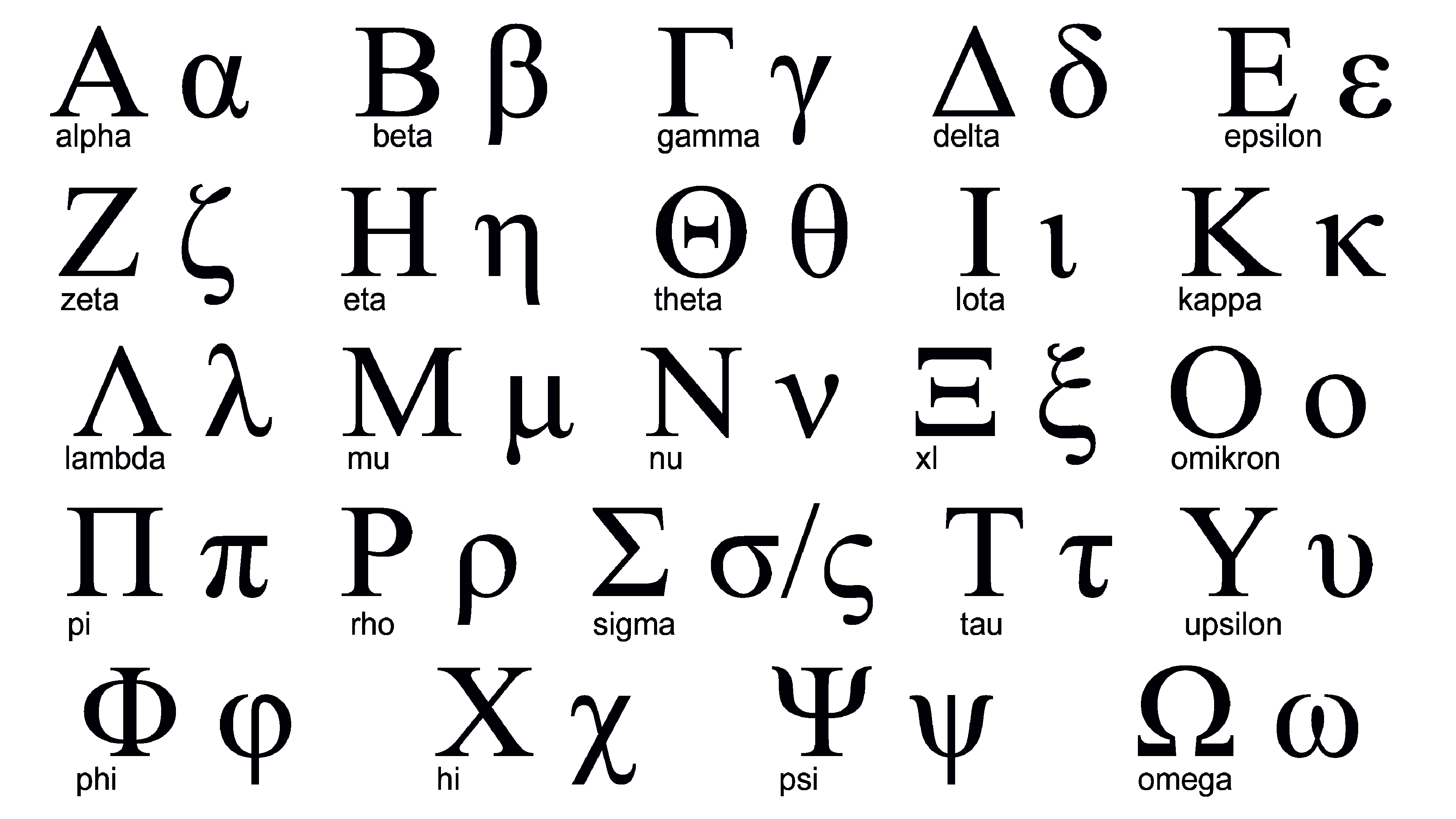Card Suits Symbols
Playing cards are cardboard or plastic rectangles, on one side the value is depicted, and on the second side, there is a shirt with a unique for each deck design. Deck is a set of 36 or 52 playingcards. In the former, the lowest value is 6, in the latter, 2. Although there are 52 or 36 cards, there are only 4 suits.
The suits of playing cards are familiar to everyone who has ever picked up a deck. But few people think about their origin and meaning. Let’s understand where spades, hearts, diamonds, and clubs came from, what they symbolized in the Middle Ages, and why they became an integral part of modern card games.
History of Playing Cards
The first playing cards supposedly appeared in China in the IX century. Initially, they were rectangular sheets of paper or cardboard with symbols drawn on them. Cards came to Europe in the XIV century via Arab merchants. It is believed that originally each of the four suits symbolized one of the estates of feudal society:
- Spades – the nobility and military.
- Hearts – the clergy.
- Diamonds – merchants and artisans.
- Clubs – peasantry.
However, over time the connection of suits with estates was erased, and they turned into conventional signs.
In fact, there are several versions of the origin of playing cards and how the Eastern game came to Europe. According to one of them, in 1392, Jacquemain Gringonner, the jester of the mentally ill French king Charles VI, drew a deck of cards for the amusement of his master (or redrawn so that they became more understandable). At the same time, to each of the figures he correlated a real historical character. However, at first, there were no noble ladies in the deck because in those times women did not play cards yet.
The card kings originally bore the names of famous historical men: Charlemagne (hearts), the biblical King David (spades), Julius Caesar (diamonds), and Alexander the Great (clubs).
Jack is usually a young man depicted on a playing card. All jacks on the European version also have real prototypes: the French knight La Guerre nicknamed Satan (hearts), and also heroes of epic Ogier the Danish (spades), Roland (diamonds), and Lancelot of the Lake (clubs).
Ladies appeared in the deck much later, and about their personas, there was no unanimity. The following are most often cited: Athena, goddess of wisdom (spades), Argina, an anagram of the Latin Regina, queen (clubs), the biblical Rachel (diamonds), and Helen of Troy (hearts). Thus on the card table, with some imagination, you can play a real battle between famous historical and mythological characters.
The history of the origin of cards is shrouded in a veil of mystery, as many centuries have passed. It is believed that the first card sets appeared in China around the ninth century AD. This event was preceded by a move away from traditional chronicles when they began using individual pages of a certain size to create books and keep records.
The Chinese offered four suits of cards:
- Coins
- Coin Laces. This Asian country’s money has a round hole in it so that it can be worn around the neck and not lost.
- A unit of measurement equal to 10,000 coins.
- Tens of myriads. Correspondingly, 100,000 coins.
Europe saw the suits of cards and the decks themselves much later – only in the fourteenth century. Most likely, the first sets came there from Egypt, when the era of maritime discovery and travel began. In Europe, cards appeared already in approximately the form in which they are used now. At first, any card games were considered the domain of bandits and people of dubious reputation.
Many decks in the world use card suits other than the classic ones. Here are some examples:
- German – hearts, bells, acorns, leaves.
- Swiss – roses, bells, acorns, shields.
- Italian-Spanish (Latin) – cups, coins, sticks, swords.
- Tarot cards – cups, pentagrams, wands, swords.
- Feudal class – clergy, merchants, peasantry, military.
- Elements – water, earth, fire, air.
- Indonesian – love, tofu, clover, shovel.
- Chinese – red heart, square or brick, plum, black peach, or classic fan.
These are regional examples of sets that are rarely seen outside of specific countries. They are also not used for popular poker formats. The French deck with four suits of cards is considered the classic deck:
- It is denoted by a red heart.
- Another red suit of cards is denoted by a rhombus.
- A black suit, which is indicated by a clover. It is believed that the designation of this suit comes from the German acorns.
- The origin of the image of this suit is difficult to determine. Some believe it is a spade from a German set, others believe it is a sword tip from an Italian-Spanish set.
The structure of the card deck has not changed for several centuries. The seniority of the cards and their suits are known to everyone. In the old days, however, the figures with images of people were of great importance.
Joker is depicted as a jester and is part of the standard “French deck”. According to one version, the court fool appeared in a deck of tarot cards, there really is such a figure. The madman on it briskly steps to the cliff, and the doggy is trying to keep him from a fatal step. Obligatory attributes are a stick with a hanging bag – a symbol of a traveler and witchcraft attributes at the same time. Interestingly, the Joker appeared in decks not earlier than the XIX century and was first depicted with a human head (skull) on a stick, then this grim symbol was replaced by a jester’s rattle or musical cymbals, and now it can be depicted without any unnecessary attributes.
It is interesting that in different historical epochs, with major political changes were attempts to change the card figures and suits, but they were not successful. Thus, after the Great French Revolution, decks with national heroes were drawn, in the USSR during the NEP there were attempts to depict workers with peasants on cards and even to introduce new suits: “sickles”, “hammers” and “stars”.
Meaning of the Card Suits
The card suits also once carried a deep meaning, which has been gradually forgotten. To remember it, we need to turn to the ancient Indian version of this game. Such cards were called ganjifa and had a round shape. They depicted the figure of four-armed Shiva, who held a cup, sword, coin, and rod. Most likely, these symbols of the four Indian estates gave rise to the modern card suits.
There is no definite answer to the question of what exactly the suits of cards mean. However, there are 3 main versions of the origin of the patterns used today in classic decks.
Historical origin
The images resemble medieval ornamentation and may represent objects previously used by knights:
- Spades are a reference to spears;
- Hearts – referring to shields;
- Clubs refer to swords;
- Diamonds – to
In various historical medieval notes, similar symbols are regularly found. Not only that, the same images can be found in engravings on the glass of ancient churches.
Social origin
According to this version, the suits could have originated based on the class distribution of medieval society:
- Hearts is a reference to the clergy.
- Spades is a reference to the nobility.
- Diamonds are a symbol of ordinary townspeople. They travel on roads covered with tiles, and it could be diamond-shaped, like the suit represented.
- Clubs – resembles a clover, which can be attributed to the villagers.
This option, at least evaluating logically, sounds the most plausible.
Religious origin
The medieval clergy always treated card games extremely negatively. According to one version, the suits may have originated from events that occurred in a historical context with Christ:
- Clubs are a kind of cross, signifying the crucifixion;
- Spades is a symbol of the very spear used to pierce Christ’s body;
- Hearts is a sponge soaked in vinegar;
- Diamonds – can be associated with nails or rather their caps, which were used during the crucifixion.
Not the most plausible, but still one of the existing variants of the meaning.
Joker – the only card without a suit, which has unlimited power.
A brief interpretation of card suits
It should be noted that in ancient times there was no single standard for cards, and suits were made not in two, but in four colors. The suits we use now are the French version, which in turn came from the Spanish. It is with the easy hand of the French cards are now divided into “red” and “black”, and it is they have fixed in the use of the most reminiscent of modern suits. This happened at the end of the XV century, after which the “French deck” migrated to Germany, and the Germans once again twisted everything to their liking.
Spades – the most obvious suit, which is really a stylized version of the designation of cold weapons (spades or swords). If we are talking about the medieval Spanish version, it is undoubtedly the curved saber of the Moors.
Diamonds are the suit with the most looping and interesting history. The badge itself is nothing but a stylized crystal, which is historically depicted in a shape of a rhombus.
Clubs, aka crosses, have nothing to do with the cross. It is just a trefoil of clover, called “trèfle” by the French.
Hearts are also not difficult to understand. The French called the badge symbolizing the heart “coeur”.
Interesting Theories
It would seem that everything is more or less clear, but in fact, in the interpretation of ordinary playing cards, there is still a lot of interest. What are the interesting facts associated with the suits of cards?
- It is believed that the image of clubs came from the German suit of acorns.
- Spades were originally associated with swords, and only in Germany — with a spade.
- On ancient decks instead of conventional signs of suits depicted real people: kings, ladies, and jacks.
- After the Great French Revolution, people began to draw mythological heroes instead of monarchs on cards.
- According to a legend, the Joker symbolizes the devil, and the ace represents unlimited power.
Thus, behind the simple signs on playing cards hides a centuries-old history. Modern suits are a tribute to tradition, without which it is difficult to imagine card games.
The symbolism of the cards could vary greatly depending on the era to which they belonged. Associations could be very different: deities, heroes of legends and myths, wars, warriors, and political figures. It was easiest with ladies and jacks.
- Queen of Spades personified Athena Pallada, the goddess of militant wisdom and state power and laws.
- The Queen of Diamonds corresponded with Rachel whom Jacob waited 14 years according to the Bible to marry in the end.
- The Queen of Hearts is the beautiful Judith. It was she who cunningly found herself in the very rear of the Assyrians, stupefied with drink, and beheaded the commander Holofernes. Only so she could save her homeland, Israel.
- The Queen of Clubs is a symbol of female weakness and cunning, which the wisest and strongest man will not be able to cope with. A common image, but from this more powerful and successful.
For jacks, too, there are their images:
- Jack of Spades – a knight in the court of King Charlemagne himself, Ogier.
- Jack of Diamonds is Hector.
- Jack of Hearts – Etienne de Vignoles.
- Jack of Clubs – Judas Maccabeus.
Card Suits in Poker
The strength of a particular suit depends on the game you plan to spend the evening playing. For example, in most varieties of poker, the suits of the cards do not have any advantage over each other when comparing combinations. However, in other card games, there may be a difference between the two.
So, Suit Seniority is used in the bulk of card games. And only in poker such ranking is used quite rarely. However, this is not to say that suits in poker do not mean anything.
Most popular poker formats use the classic French deck, which has four suits of cards: diamonds, hearts, spades, and clubs. They are equal to each other.
Some of the strongest combinations in poker, such as flush and flush royale are formed from a combination of cards of the same suit. It is almost impossible for two players to get such a combination at the same time.
There are no trumps in poker, and the winner of a hand is determined in two ways:
- At showdown. The dealer compares the participants’ combinations in terms of strength – and announces the winner.
- In the course of bidding. In this case, the strength of the combination you have in your hand is not that important. The hand can be won by betting, knocking out all opponents from the fight for the pot.
Combinations involving suits
The suit does not play a role in all poker combinations. In the simplest ones (pair, two pair, set) you need to collect cards with the same values. However, there are a few combinations where the suit of the card is important:
- Flush
- Street Flush
- Flush Royal
Flush
A flush is the fifth strongest combination in poker. To make it, suits are important: you need to collect 5 one-suit cards. In Texas Hold’em or Omaha, two opponents can’t have flushes of different suits.
Street Flush
A very strong and rare combination in Texas Hold’em and Omaha is a straight flush. This is a combination of two combinations – a straight and a flush – when you manage to collect five single-suit cards with consecutive values.
To make a straight flush, as for a straight, the Ace is allowed to take two values:
Flush Royal
The strongest combination in Poker: a special case of a straight flush, when a combination of tens to aces can be collected. Every player dreams of making a royal flush, but the odds of that happening are quite modest: 0.0008%.
The precedence of suits in poker, sometimes used to solve out-of-game situations, particularly organizational situations, is determined in the following order: spades, hearts, diamonds, and clubs.
In Texas Hold’em poker, as in any other card game, there are enough situations when it is necessary to solve some controversial situations that are not directly related to the game. Let’s take a few examples:
- determining the place at the game table. As a rule, the players take places arbitrarily, but by common agreement, the places can be distributed according to the cards dealt;
- determination of the player who plays on the loaf in the first hand may also be made by the denominations of cards specially dealt for this purpose;
- the mandatory move in Stud Poker is imputed to the player with the lowest value card;
- in a split poker situation, when the pot has to be split in half, it may contain an odd number of chips. In this situation, the owner of the chip is also determined by the suit rank of the cards held by these players.
Conclusion
So, today we have learned about the history of the appearance of suits on playing cards, their traditional names, and the peculiarities of use in different games.
- Suits of cards originated in the Middle Ages and most likely reflected the structure of feudal society.
- Modern suits have conditional character but have kept traditional names.
- Images of suits have changed over time from realistic to symbolic.
- Suits are inseparably connected with the history of playing cards and are their integral part.
We would also like to share several curious facts about the history of playing cards with you:
- In the Middle Ages, cards were made by hand using wooden boards for engraving. It was a very labor-intensive
- The world’s most expensive deck of cards was sold at a Sotheby’s auction in 2019 for a record $440,000. It is a handmade 15th-century French deck.
- In a deck of 78 Tarot cards, each card has a different symbolic meaning and is used for divination.
- The cards were banned in many European countries in different centuries because of associations with gambling and fraud.
The world’s oldest surviving deck dates from around 1440 and is kept at Yale University in the United States.















